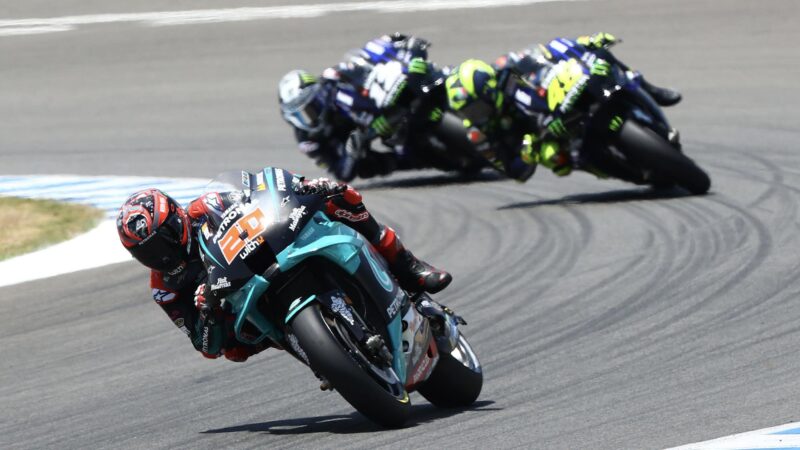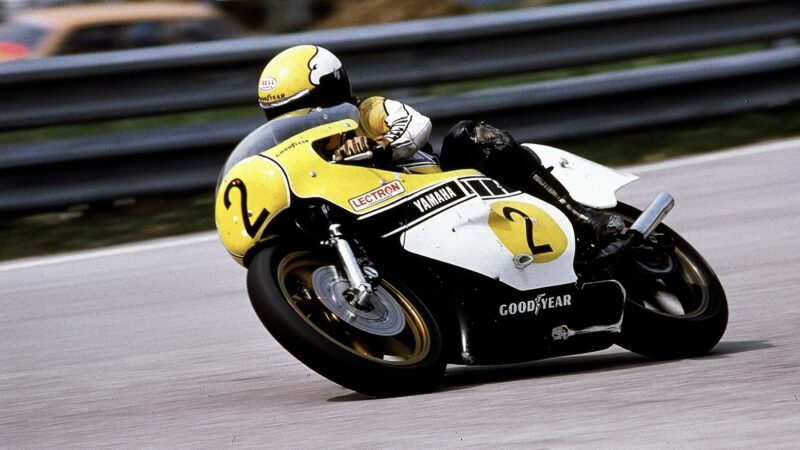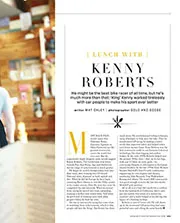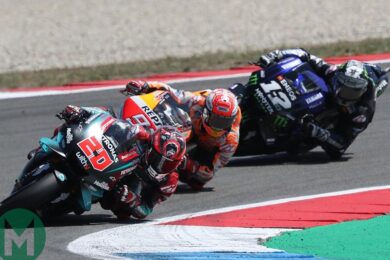This was a much bigger deal then than it would be now, because 500s of that era were laborious to set up, horribly fickle and liable to break at any moment. Carburation was THE big deal in set-up, taking multiple jetting changes during practice, so if you had only one bike, your track time was dramatically reduced. And Roberts needed to learn the tracks, test tyres and everything else.
His situation changed dramatically for the better halfway through the season at the lethal Spa-Francorchamps street circuit, by which time the ‘King’ had won three GPs and was Yamaha’s only title hope.
“My bike just wouldn’t run at Spa and in last practice I still wasn’t qualified,” Roberts remembers “I came into the pits and Yamaha’s racing manager [Masayasu] Mizoguchi ripped the numbers off Cecotto’s spare bike and stuck my numbers on it. I remember them pushing me off and I looked back to see Johnny pulling in. I thought ‘oh boy, this is going to be good’.
“After practice Yamaha asked Johnny which of his bikes he wanted to race, then when everyone was in bed, my truck and the official Yamaha truck pulled out of the paddock and into the woods, took the engine out of Johnny’s spare and put it in my bike.”
Roberts wrapped up the championship seven weeks later at the Nürburgring.
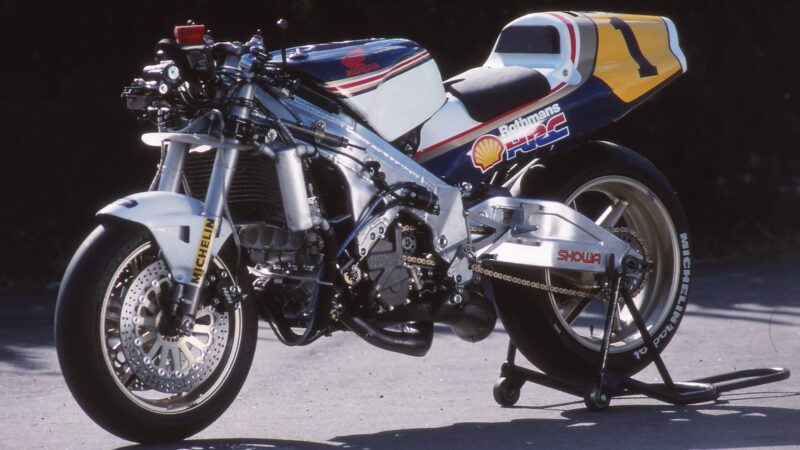
Lawson’s Kanemoto fettled NSR500 in 1989
Ohtani
Since Roberts’ historic achievement – arguably the most remarkable in racing history – four more non-factory team riders have won the title: Marco Lucchinelli in 1981, Franco Uncini in 1982, Eddie Lawson in 1989 and Valentino Rossi in 2001.
All these riders rode factory bikes and had factory support but they did not ride for factory teams.
When dashing Italian Lucchinelli won the 1981 500 title for Suzuki the factory squad ran Randy Mamola and Graeme Crosby. Lucchinelli rode for Roberto Gallina’s Italian-based Suzuki squad, running factory-spec XR35 square-fours. The following year Gallina’s team won the championship again, this time with countryman Uncini, now MotoGP’s safety officer.
Seven years later reigning 500 king Lawson stunned the paddock by leaving Marlboro Yamaha Team Agostini to join Rothmans Honda. Most shocked was Honda number-one Wayne Gardner who only found out by reading the papers at home in Sydney.
Lawson, winner of three titles over six seasons with Yamaha, left because he was fed up with what he considered to be Giacomo Agostini’s tight-fisted ways and Yamaha’s inability to fix a long-standing carburation problem with its YZR500. He was also mad keen to work with Honda’s pit-lane genius Erv Kanemoto.
Lawson’s deal with Kanemoto didn’t get him a ride with the factory HRC team, which was already full, with Gardner and rookie Mick Doohan. Instead the Kanemoto project was a satellite to the HRC squad. But when Gardner broke a leg at the third race and Lawson won next time out, HRC got fully behind the team. What HRC did with Lawson and Kanemoto during that summer helped Honda find the engine and chassis direction that transformed the NSR500 into the dominant GP bike of the 1990s.
When Rossi graduated to 500s in 2000 he benefitted from that groundwork, as well as ongoing R&D by Doohan, Jeremy Burgess and countless HRC engineers.
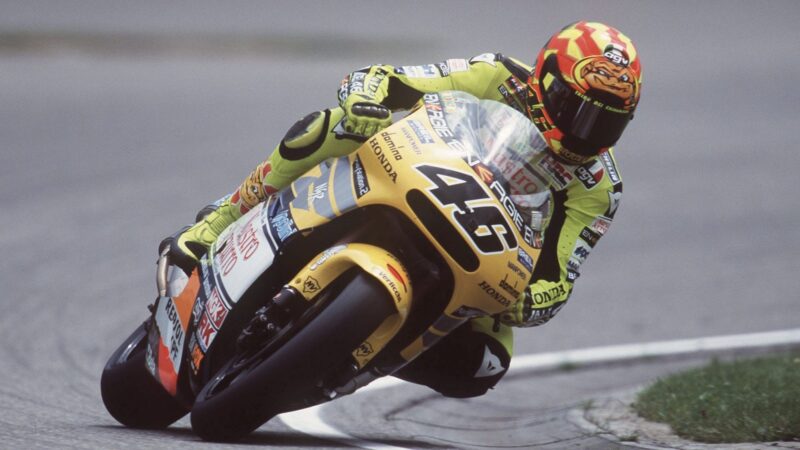
Rossi aboard his satellite-team NSR500 in 2001
Andreas Rentz/Bongarts/Getty Images
HRC didn’t immediately sign Rossi to its primary team. During 2000 and 2001 he rode for a satellite outfit, based in Italy and run by and funded by Honda Europe. The factory Repsol Honda outfit had Alex Crivillé and Tohru Ukawa on its bikes.
Rossi crashed out of his first two 500 GPs because the new NSR500’s power delivery was too peaky. Burgess didn’t complain to HRC because his rider was a rookie outside the factory team, so he didn’t carry any clout. Of course, it didn’t take long for HRC to take Rossi seriously. By the end of the season HRC had built its last 500 – the NV4B – according to his wishes. In 2001, still in his Nastro Azzurro-backed independent team, Rossi dominated the final season of 500 GPs.
How close was Rossi’s NSR500 to the Repsol factory team NSRs in 2001? As close as it gets, possibly even better because the 22-year-old was obviously HRC’s best bet for the title. How close was Roberts’ non-factory team 0W35 to the factory 0W35? Again, as close as it gets. In other words Roberts, Lucchinelli, Uncini, Lawson and Rossi were in similar situations to Quartararo’s.
